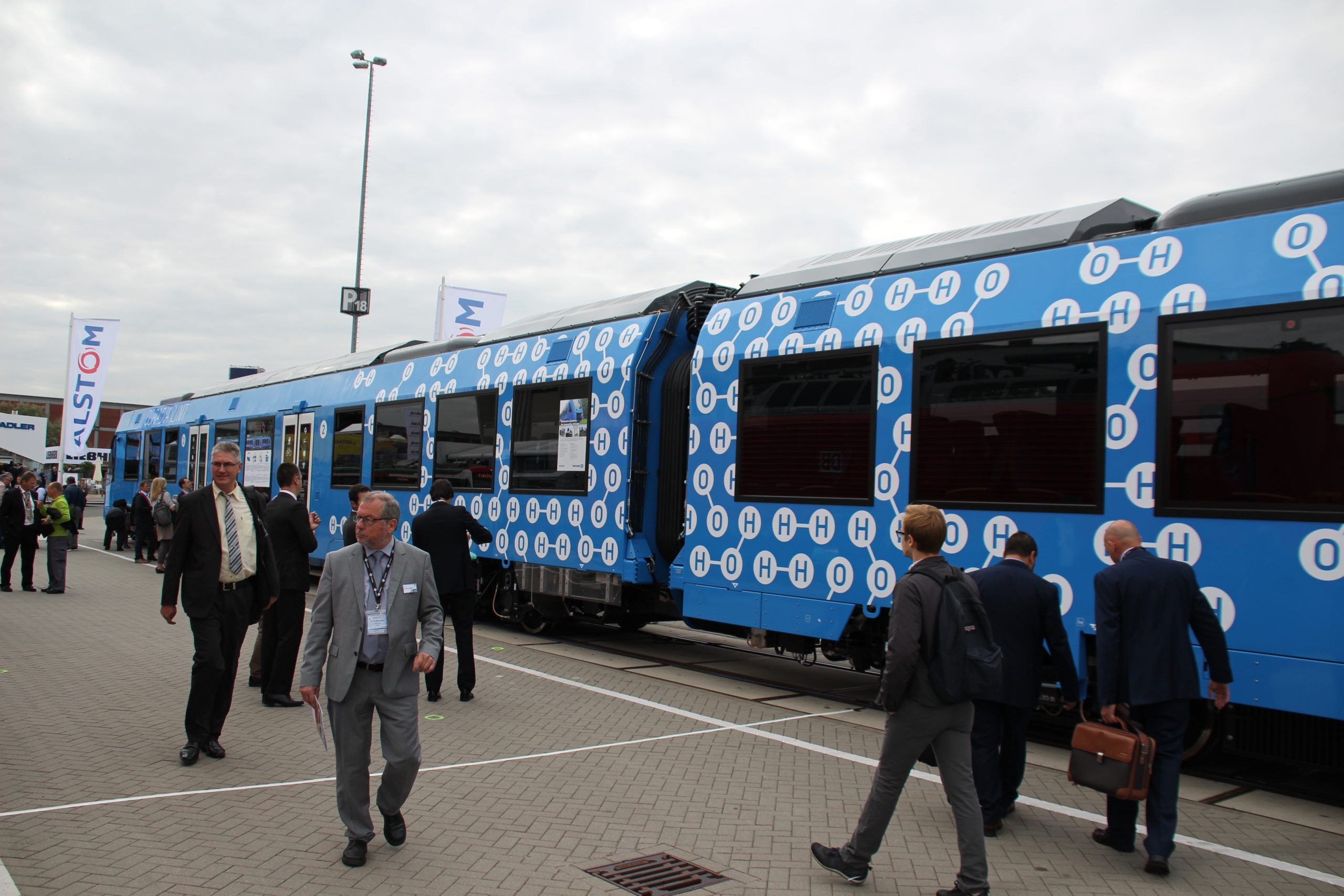
BERLIN — Touting its arrival as “a blockbuster; I think it will revolutionize the railway industry,” Alstom Chairman and CEO Henri Poupart-Lafarge highlighted the company’s first train powered by hydrogen fuel-cell technology during a Tuesday press conference at InnoTrans, the world’s largest rail industry conference.
As part of an overview of the state of his company, Poupart-Lafarge also heralded Alstom’s contract to build 28 Avelia Liberty high-speed trains for Amtrak as one of several major contracts the company has signed worldwide.
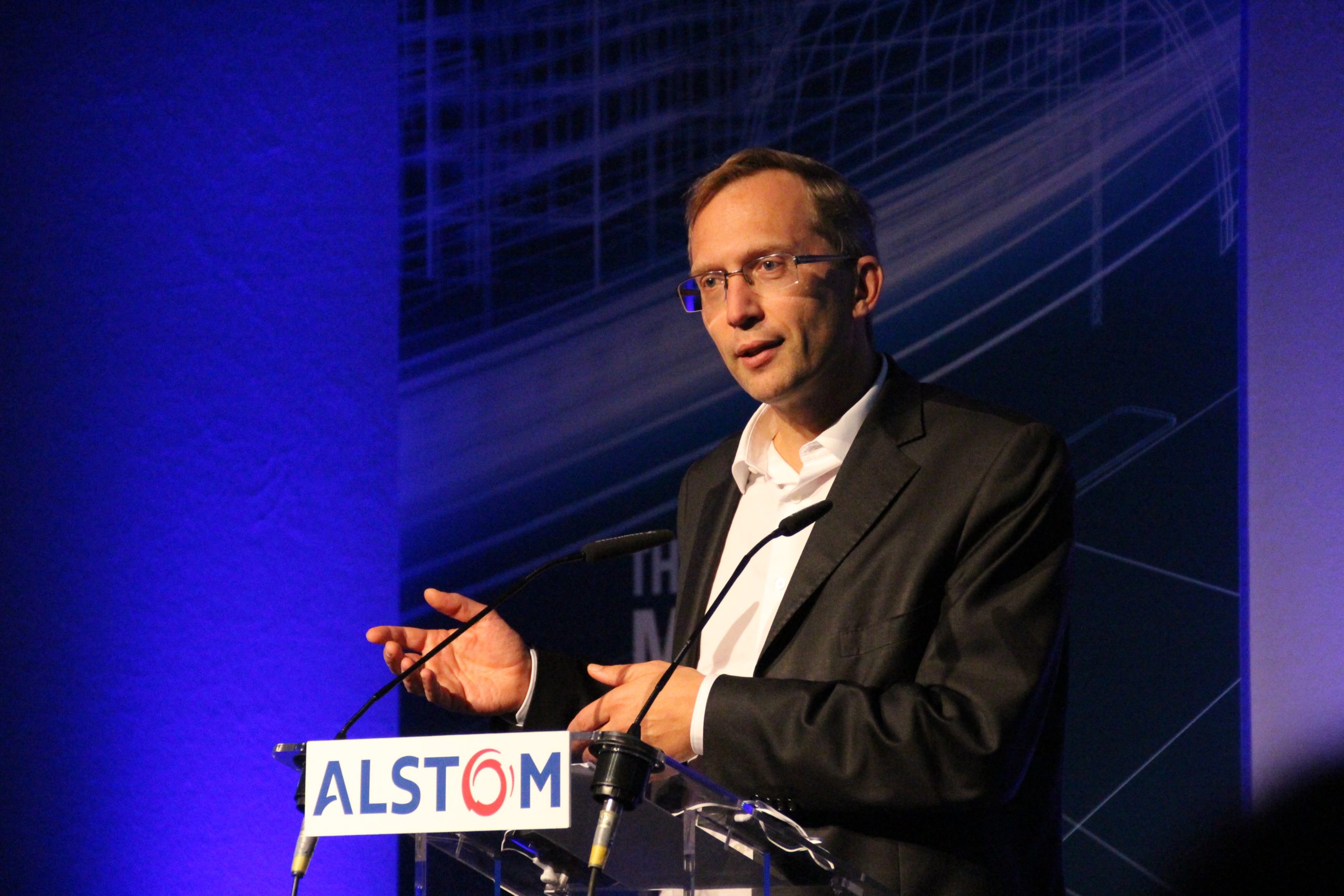
The hydrogen fuel-cell train — the multiple-unit, zero-emission Coradia iLint — made its debut Tuesday. It is being developed for regional service in four German states and is expected to enter service in early 2018. An alternative to diesel-powered trains, used on 50 percent of Germany’s rail lines, the train can carry up to 300 people at speeds up to 87 mph.
Poupart-Lafarge said the mandate for Alstom’s design team was to design a train with the same range and top speed as the diesel-powered version of the Coradia.
“It looks like the original train,” he said. “It smells like the original train. … But what makes it different is what’s inside; these fuel cells and the zero emissions.”
The only byproduct of the fuel cell technology is water.
Alstom’s contract to build Amtrak’s new trainsets [see “Amtrak-Alstom reach $2.45 billion deal,” News Wire, Aug. 26, 2016] reflects his company’s ability to be “at the leading edge of technology,” Poupart-Lafarge said.
“The fact that we have won this contract of Amtrak is entirely based on our unique technology,” he said. “We are not talking here about the digital nature, or things like that. … Alstom is the only company capable of delivering a high-speed tilting train. This technology was absolutely needed by Amtrak in order to achieve the journey time that they wanted to achieve on this route, which is, to say the least, not at all a straight route.”
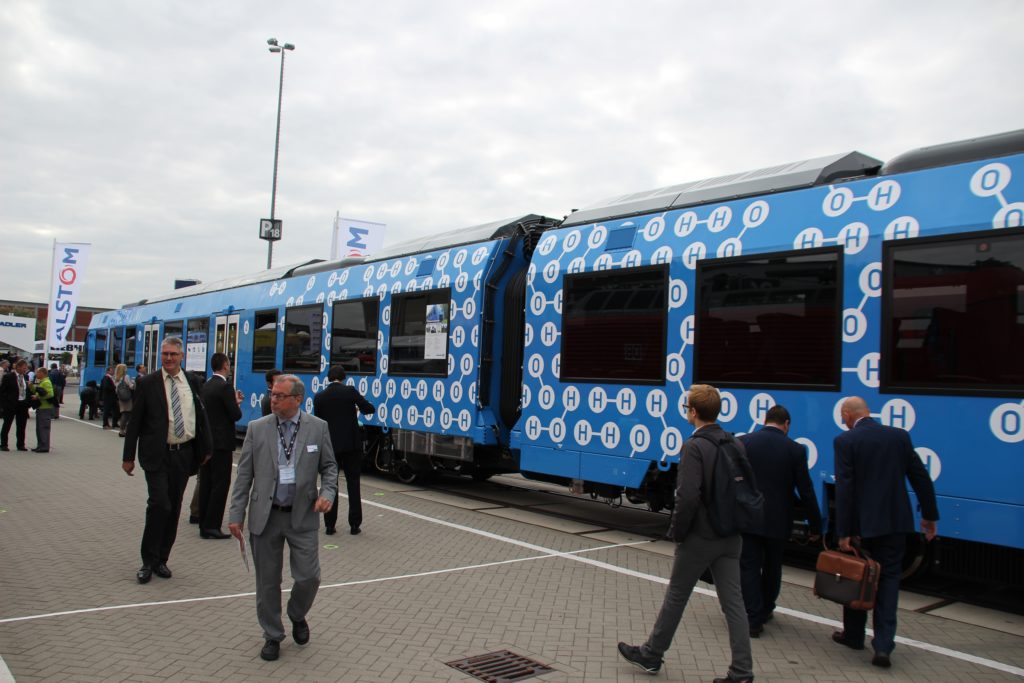

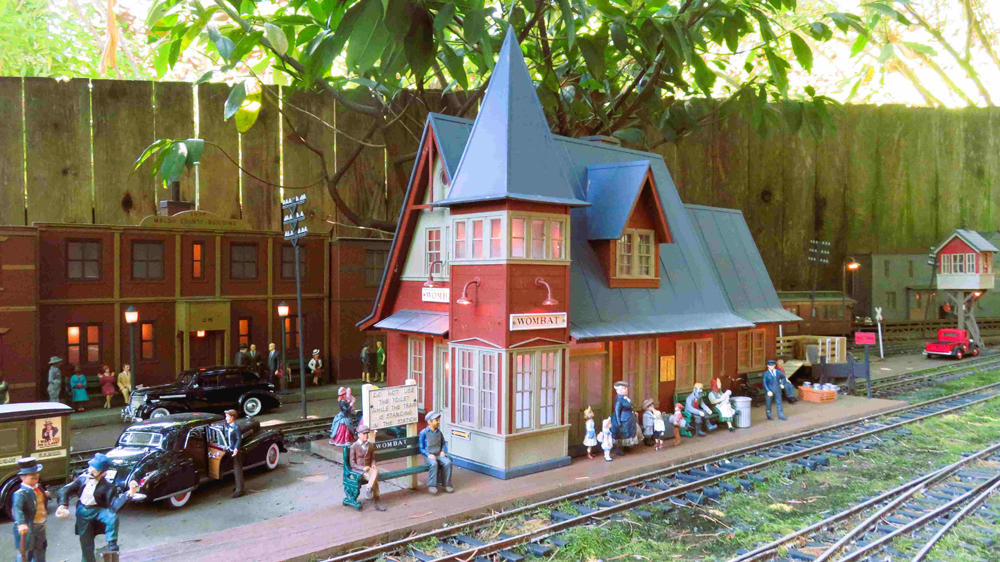

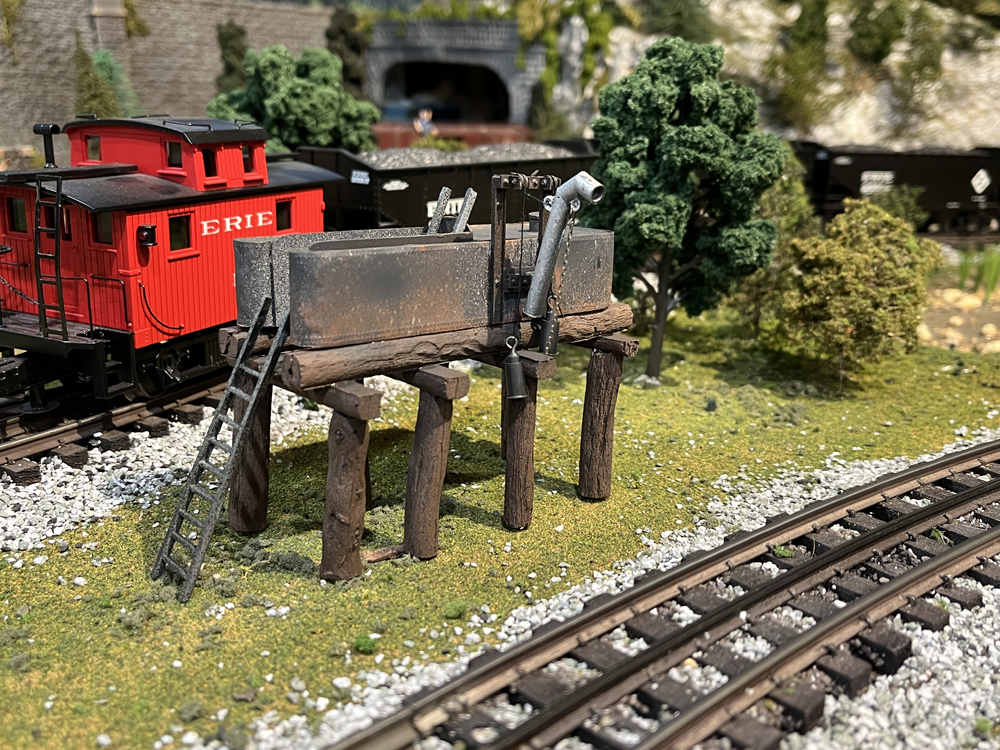
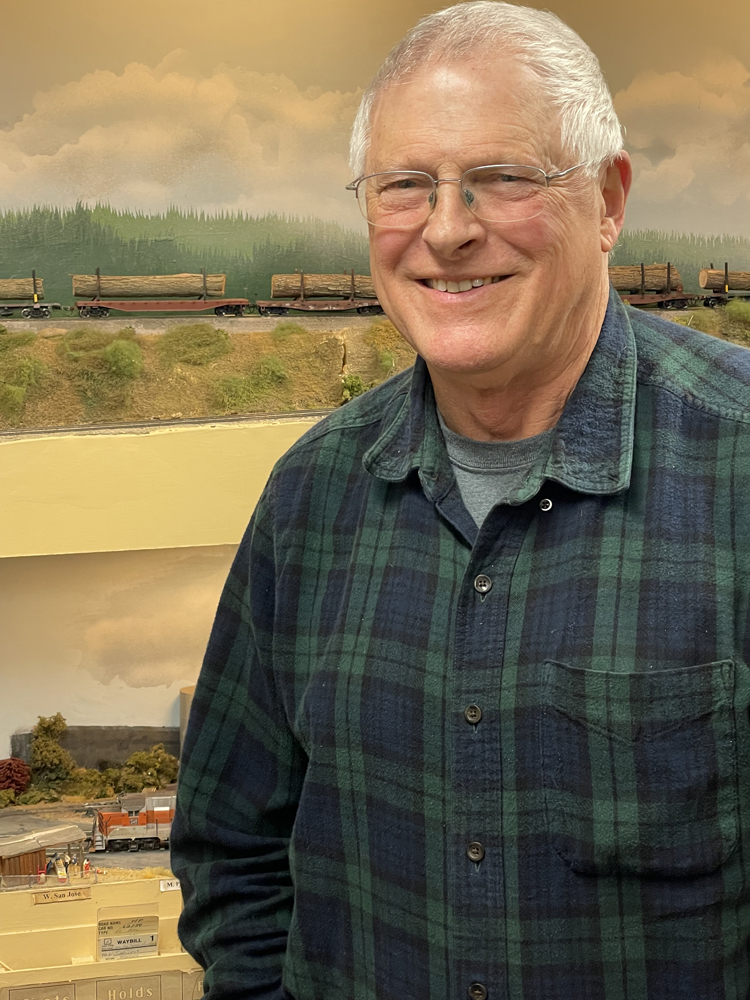




David, if you will Google: “mooresville hydrail initiative” and then Google: stan AND ‘hydrail” you will find the makings of an absolutely unique railroad story. My Dad and I worked for the Southern Railway before it merged with Norfolk and Western. I’m a steam fan and hydrail (like Alstom’s) has begun to do for diesel what diesel did for steam. Two companies are manufacturing hydrail trams in China and one is building hydrail streetcars right here in the USA. Even Latvia and the Czech Republic are going into the hydrail business!
http://www.poandpo.com/business-as-usual/hydrogenpowered-locomotives-to-be-manufactured-in-latvia-1282016209/
Trains editor Wrinn is from Mooresville, the home of hydrail. Google “hydrail” in quotes and you’ll see over 20,000 hits. Zero-carbon hyrdail is the future; but it’s unique past needs to be chronicled.
visit: http://www.hydrail.org at Appalachian State University
The Coradia iLint’s US provenance is online at:
http://hydrail.org/sites/hydrail.org/files/IAHEnewsletter_Dec2016.pdf
The article does not mention the American origin of Alstom’s Coradia iLint.
Search: “Origin of Hydrail” AND ijhe
The comment about the amount of energy needed to produce the hydrogen is spot on. The key to something like this to be a good “green” energy use is producing the electricity needed for the hydrogen production process (basically breaking water into its components of oxygen and hydrogen) using solar or wind power. Many of the concerns with storage, filling, explosions and the like have already been addressed by similar systems for compressed natural gas (CNG) in trucks.
While the use of hydrogen in a fuel cell produces zero emissions, the production of hydrogen requires a lot of energy from another source, potentially producing emissions.
If you’ve ever seen a hydrogen fire this will make you shake your head.